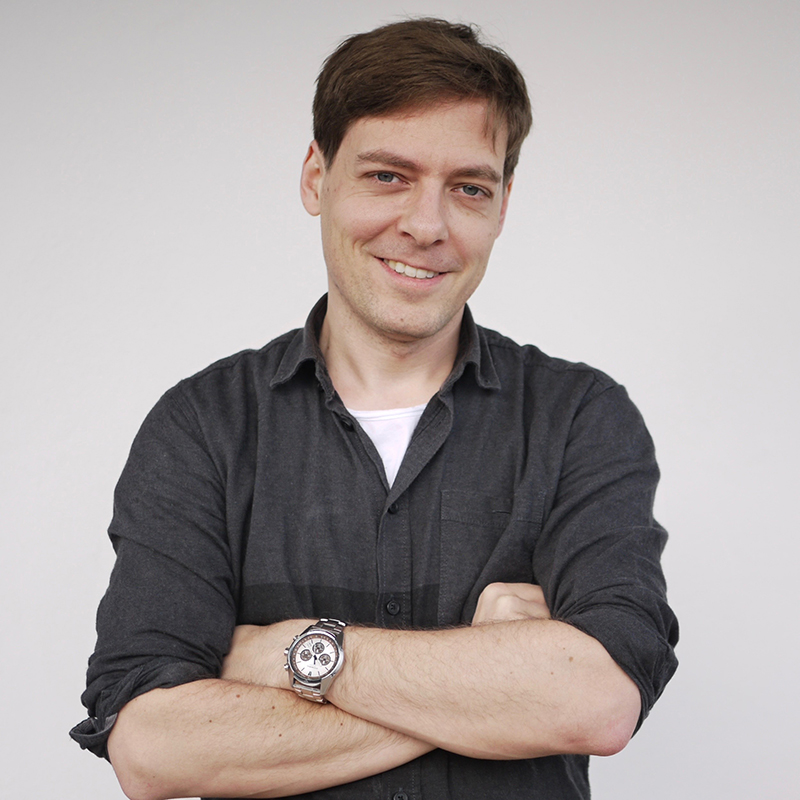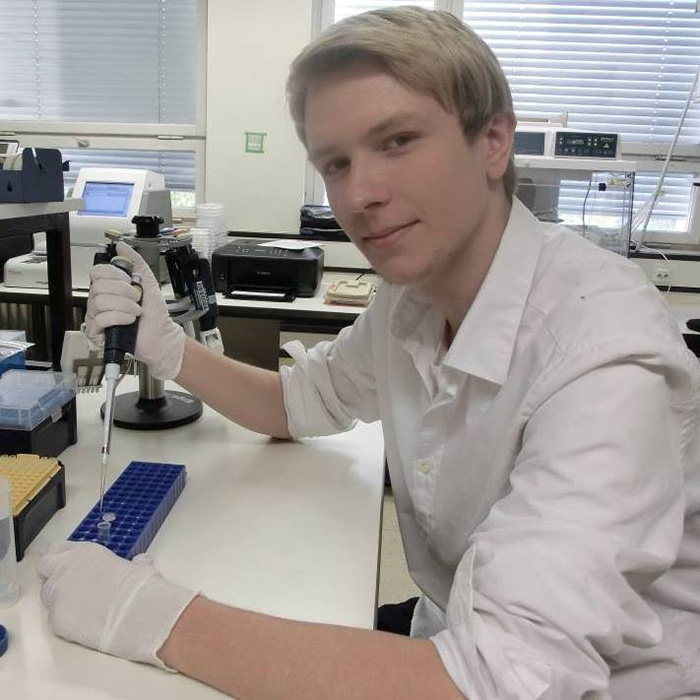‘We knew their names’
04 November 2019 | Story Helen Swingler. Read time 7 min.
As an archaeogeneticist in the German university city of Jena, Dr Stephan Schiffels could not have imagined his work would virtually transport him to Sutherland in the deep Karoo for an encounter with nine individuals who died more than two centuries ago.
Or that his DNA analyses would eventually help to “reintroduce” them to their San and Khoe descendants in this arid and remote part of the Northern Cape in 2019, long after their skeletal remains were donated to the University of Cape Town’s (UCT) medical school.
Group leader for the Max Planck Institute (MPI) for the Science of Human History’s Department for Archaeogenetics, Schiffels is part of a multi-institution project to identify, date and repatriate these remains, which include two women and two children.
The skeletons were obtained unethically in the 1920s through a UCT medical student, CG Coetzee, of the Kruisrivier farm near Sutherland. Coetzee was registered for study at UCT during the period of donation, between 1925 and 1931.
Records indicate that these people had been captured and forced into indentured labour on Kruisrivier farm. Seven of them were buried in the farm’s cemetery.
Unethical collection
It was only in 2017 during an archiving audit that UCT’s curator of human remains, Dr Victoria Gibbon, stumbled on the truth. In all, there were 11 human skeletons deemed to have been unethically obtained.
A two-year public and heritage participation process spearheaded by Deputy Vice-Chancellor for Transformation Professor Loretta Feris, public participation consultant Doreen Februarie and Gibbon will at last see the remains repatriated.

Scientific analyses focused on the nine Sutherland individuals as they had come from the farm itself and can be laid to rest near their kin, identified as the Abraham and Stuurman families. As such, the Sutherland project is seen as an important part of UCT’s transformation, which includes righting past wrongs.
Seven-team project
The process has been underpinned by cutting-edge science. Seven research areas have been corralled across three institutions: human biology, archaeology, history, computed tomography (CT) scanning, and stable isotope analyses at UCT; DNA analyses at the MPI; and facial reconstruction at Liverpool John Moores University in the United Kingdom.
Schiffels’s task was to analyse the DNA of the nine individuals.
“My group at the MPI investigates human history by means of genetics and develops computational methods to model and analyse ancient and modern genomic data,” he said.

All the analysis for this project was done by his PhD student, Joscha Gretzinger.
“Our role was to analyse the human remains, specifically teeth of the deceased, for ancient DNA, that is, DNA from the individuals that was still present in their teeth more than 100 years after they died.
“We wanted to use the DNA to determine the genetic sex of each, [and] find out whether any of them were related to each other, such as parents and children, or siblings. We also wanted to find out whether the ancestry of these individuals matched that of other South African present-day people, or any other African group that we have in our reference database.”
Working with such aged remains presented some challenges. And in describing these, Schiffels provided a valuable glimpse into the way in which sensitive material is handled in the laboratory.
“A challenge with ancient DNA is always the fact that preservation is typically poor, and any traces of DNA left are extremely vulnerable to contamination from other DNA in the laboratory facilities. That’s why we work in clean rooms, and all workers handling the teeth need to wear gloves, face-masks and whole-body suits, to minimise any contamination from us into these samples.”
“We have met the descendants”
However, it was not business as usual for Schiffels and his team.
“Apart from the standard laboratory challenges that we face in almost every ancient DNA project, and for which we’ve developed routine methods, this was certainly an unusual project,” he said.
“We knew their names, we had seen the disturbed graves in pictures, we have met the descendants of the deceased and their families.”
First it meant working remotely, using video conferencing to meet the descendants and their families virtually.
“Unlike any other ancient DNA project, which mostly deals with prehistoric individuals, in this project we knew quite a bit about the deceased,” he added.
“We knew their names, we had seen the disturbed graves in pictures, we met the descendants of the deceased and their families, and we knew that any results we’d find would have a different kind of impact on these families than our usual scientific findings have.”
While the Sutherland Abraham and Stuurman families have expressed joy at being “reunited” with their ancestors, the work has also resonated with the MPI researchers in a very personal way.
“It was quite unusual for us to be involved in a project about restorative justice,” said Schiffels.
“It certainly had a big impact on me personally that the dead individuals we were studying died under inhumane circumstances. And that our contribution to this project was explicitly requested by ... the descendants of these individuals in order to bring some kind of justice – if not to the circumstances and potential crimes that led to their death, then at least to the illegal disturbing of the graves in the 1920s.”
Connections through time, history
Through time and space and across continents, the project has created powerful links and reconnections, thanks to the “healing through science” approach of the scientific teams.
“I was personally touched by how grateful the families were when we presented our results in a meeting in Sutherland (we were connected via video-conference),” said Schiffels.
These perspectives are important for researchers working mainly on prehistory.
“The human story behind the individuals was the very reason we were studying them.”
“I usually distance myself sufficiently from the human stories behind the individuals I’m studying. In this project that was neither an option nor would it have been appropriate: The human story behind the individuals was the very reason we were studying them. This human story certainly made this work meaningful on a completely different level compared to other projects I have worked on.”
He added that some of his colleagues abroad had worked on crime cases, at the request of prosecuting bodies, “but even that is not quite comparable to this case, in which the families themselves have requested a full scientific investigation including DNA analysis”.
“So instead of doing our work for state prosecutors, we were doing it for those families.”
 This work is licensed under a Creative Commons Attribution-NoDerivatives 4.0 International License.
This work is licensed under a Creative Commons Attribution-NoDerivatives 4.0 International License.
Please view the republishing articles page for more information.
Listen to the news
The stories in this selection include an audio recording for your listening convenience.











































































































































































































































































































































































































